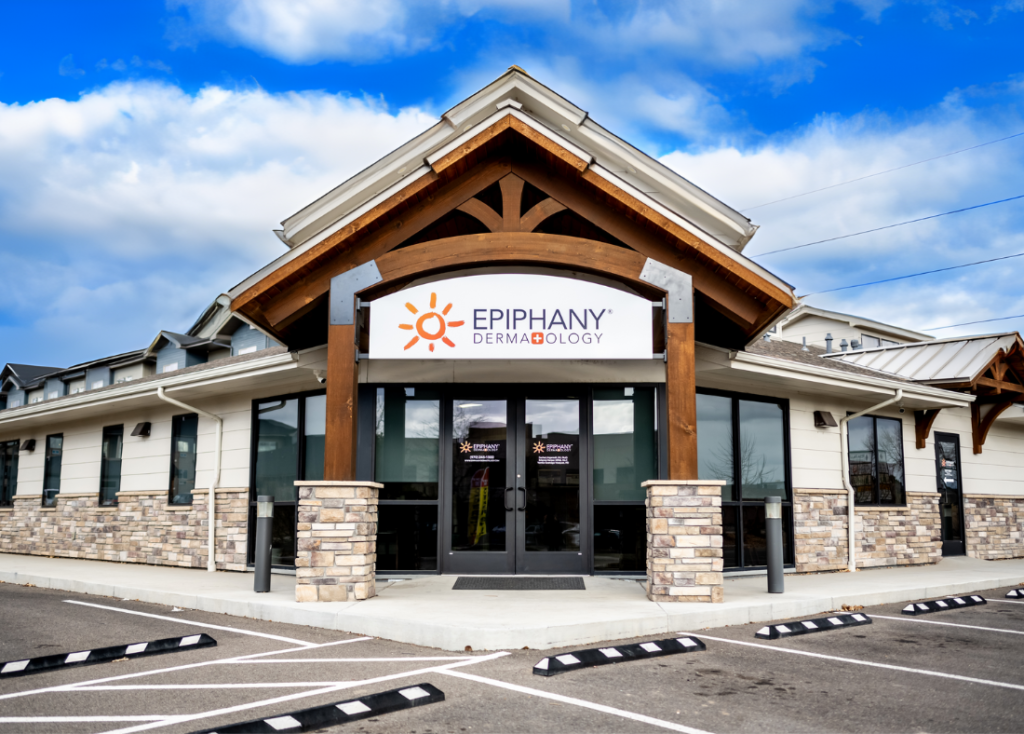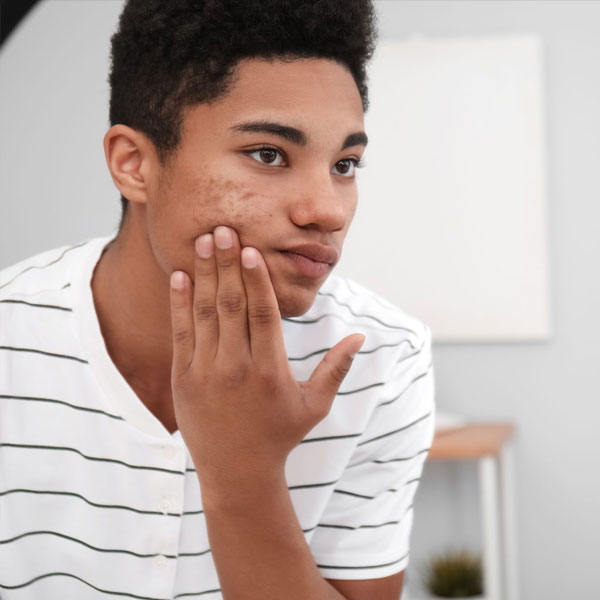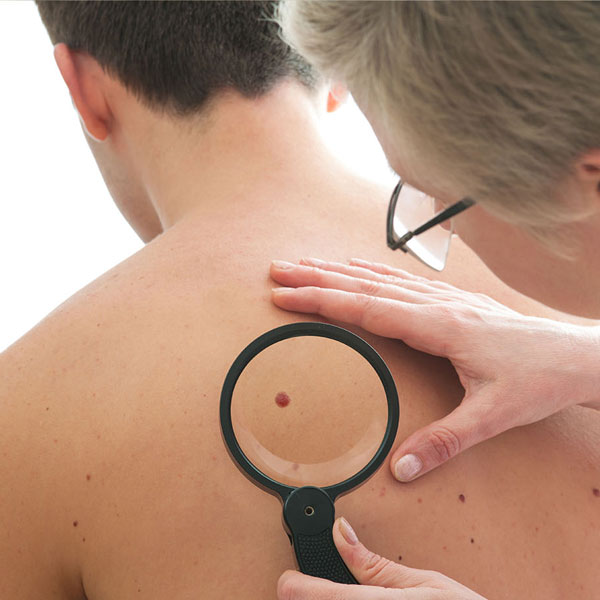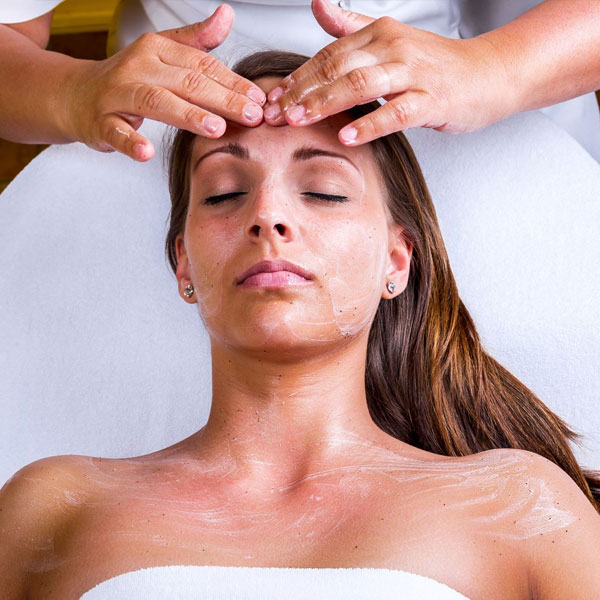Epiphany Dermatology of Grand Junction, CO
We're now in a new location on 613 25 Road!
Meet Your Providers (some providers may service multiple locations)
-

Zachary Ingersoll, DO, FAAD
Double board-certified dermatologist and Mohs micrographic surgeon
Trained in general, surgical, and pediatric dermatology, as well as Mohs micrographic and reconstructive surgery
Member of the American Academy of Dermatology (AAD)
His work has contributed to a host of publications in major dermatology journals
-

Brianne T. Harper, MPAS, PA-C
Certified physician assistant with a special interest in acne, contact dermatitis, and skin cancer prevention and treatment
Active member of the American Academy of Physician Assistants, the Colorado Academy of Physician Assistants, and Society of Dermatology Physician Assistants
-

Yamila Goenaga, MD
Board-certified dermatologist who specializes in the prevention, detection, and treatment of skin cancer as well as inflammatory skin diseases
Her memberships include the Medical Dermatology Society (MDS), the Society for Pediatric Dermatology (SPD), the Women’s Dermatologic Society (WDS), the American Academy of Dermatology (AAD), and more
Epiphany Dermatology of Grand Junction is committed to offering the highest standard of dermatologic care, working collaboratively with our patients to personalize their treatments, yielding the best possible outcomes.
We are the skin care experts who specialize in skin cancer prevention, detection, and treatment. Our board-certified dermatologists, fellowship-trained Mohs surgeon, and certified physician assistants are committed to serving Grand Junction by providing personalized and exceptional care.
To better serve our patients, we have moved to a beautiful new facility located at 613 25 Road. Our providers and staff remain committed to delivering the same high-quality dermatologic care you have come to know and expect from us in our new location!
Featured Services
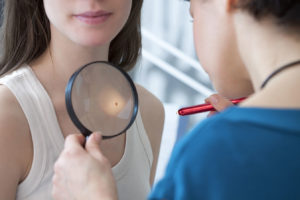
Skin Care Screenings
Skin cancer doesn’t discriminate. Anyone can get skin cancer, whether young or old, fair or dark, and it’s the most common type of cancer in the United States. Most people should have a professional skin examination once a year.
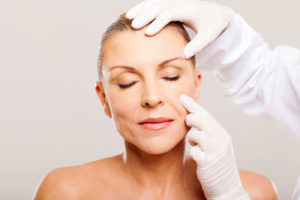
Mohs Surgery (On-Site Skin Cancer Removal)
Mohs surgery spares the most amount of normal tissue and has the highest cure rates for many non-melanoma and melanoma skin cancers. It’s the gold standard of care in non-melanoma skin cancers and is commonly used in the treatment of some melanomas.
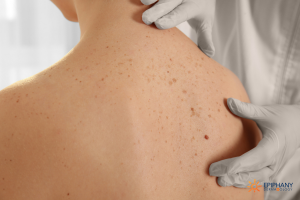
Pre-Cancerous Lesions
A skin spot referred to as a “precancerous lesion” is usually a specific sun-induced growth called actinic keratosis. It’s one of the most common issues we see in dermatology, and it’s what prompts most patients to schedule their dermatologist visits.
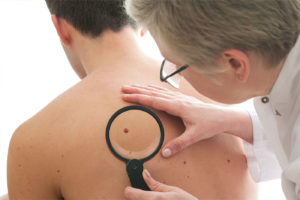
Biopsies
A biopsy is the removal of a piece of skin to help render a diagnosis of skin cancers or inflammatory conditions. Dermatologists biopsy an area to confirm a diagnosis that cannot be rendered with the eyes alone. We need a microscope to be certain.

Wrinkle Reduction (BOTOX® Cosmetic, Dysport®, etc.)
As our skin thins over time, it creases more easily with muscle movement. Neuromodulator (Botox® Cosmetic, DAXXIFY®, Dysport®, and Xeomin®) treatments prevent wrinkles because they lessen this contraction. With these injections, the toxins stop the muscle movements that cause frown lines, crow’s feet, forehead lines, and wrinkling.

Fillers
Injectable fillers help restore volume in the skin, which can reduce the appearance of lines and wrinkles that come with age. Injectable fillers have also been used to make thin lips fuller, correct acne scars, and make the areas under the eyes less dark or puffy.
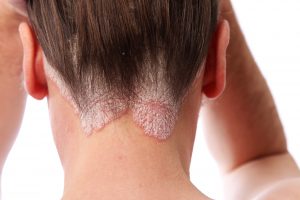
Psoriasis
Psoriasis is an inflammation in the skin driven by the body’s own immune system. The inflammation in the skin causes red, itchy, and scaly lesions mainly around elbows, knees and scalp. While not contagious, it’s important to seek the help of a dermatologist.

Rashes
A rash is an abnormal change in your skin’s texture or color, usually characterized by a red, scaly irritation on your skin. Because of the sheer number of rashes and their subtle differences, specialized training is required to properly diagnose and treat rashes.

Chemical Peels
Most people don’t realize that there are several kinds of peels great for improving the appearance of the skin. Chemical peels should be done in a series of three to six peels. For best results, we recommend a series of six peels, three weeks apart.

